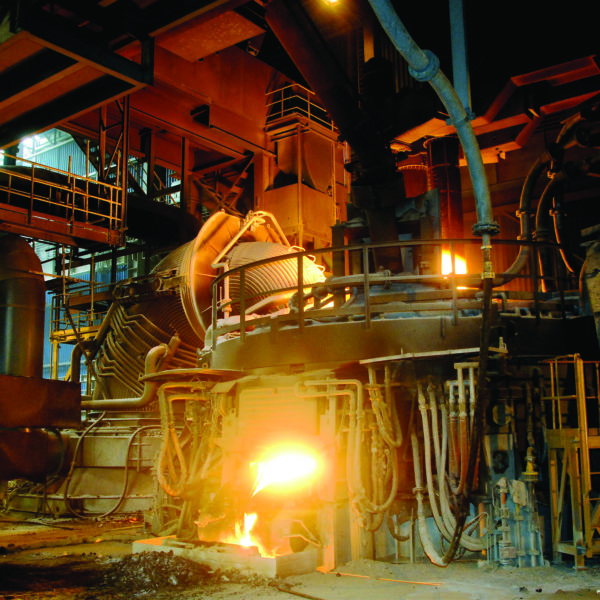The secondary of a current transformer (CT) is always short-circuited (or connected to a low-impedance load like a meter or relay) for several important reasons related to safety and proper functioning:
1. Voltage Rise on an Open Secondary:
- Dangerous Voltage: If the secondary winding of a CT is left open while current flows in the primary winding, it behaves like a step-up transformer. Since the primary winding carries high current and the secondary winding has many turns, an open circuit can cause the voltage in the secondary to increase to dangerously high levels.
- Insulation Breakdown and Safety Hazard: The high induced voltage can exceed the insulation rating of the transformer, leading to insulation breakdown and a potential shock hazard to personnel or equipment damage.
2. Core Saturation:
- Magnetic Core Saturation: In normal operation, the secondary current creates a magnetic field that opposes and cancels out most of the magnetic flux created by the primary current. If the secondary is open, no current flows in the secondary, and the magnetic flux in the core increases to very high levels.
- Core Overheating: The excessive magnetic flux can saturate the CT core, leading to overheating and potential damage to the transformer. This can result in permanent damage to the CT, reducing its accuracy and reliability.
3. Accurate Measurement:
- Current Proportionality: CTs are designed to measure current, and they rely on the secondary current being proportional to the primary current (following the turns ratio). If the secondary is open, this relationship is broken, and no accurate current measurement can be made.
- Protection System Failure: CTs are often used in protective relays to monitor overcurrent or fault conditions. An open secondary may prevent the proper operation of protective devices, potentially leading to system failures or unprotected faults.
4. Reduced Burden on the Secondary:
- Minimizing Burden: A CT is designed to operate with a very low burden (load) on its secondary side to maintain accuracy. Short-circuiting the secondary or connecting it to a low-impedance load ensures that the CT operates within its designed parameters, providing accurate current measurements without overloading the core or secondary windings.





